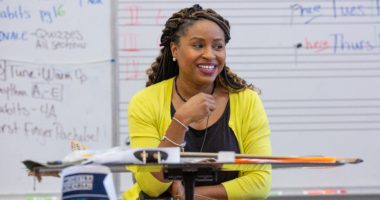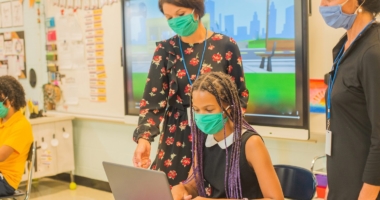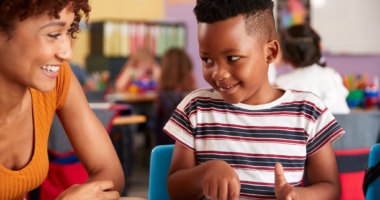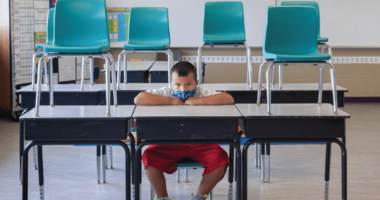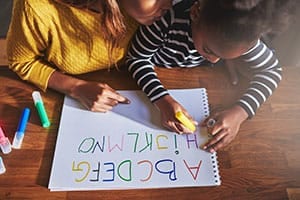What Can COVID-19 Teach Us About Prioritizing Childcare? A Parent’s Perspective
For the past five weeks and counting, I have been a mother, teacher, and friend to my two- and four- year old daughters while also working full-time from home. I can never really give my complete attention to any one responsibility because my priority right now is ensuring my children, extended family, aging parents, and elderly grandparents with pre-existing conditions stay safe and healthy. Like so many others, I have no guarantee that my job will withstand this crisis, and most recently, my thoughts have been consumed with what my family’s life will look like after I go back to work outside the home. More specifically, I literally have no idea who will care for my children when I have to go back to work.
At the end of March, my family was forced to make the incredibly tough decision to un-enroll from our childcare center in Maryland. Like many of the states described in a recent report released by The Education Trust, Maryland does not provide state-funded preschool for all three- and four-year-olds. Despite the fact that the center had been closed since the middle of March, we were required to pay April tuition to hold our spot if and when the center reopens. With two young children in full-time care, continuing to pay more for childcare than my mortgage during this public health crisis, when so many people are losing their jobs, was just not an option. Due to historical and contemporary structural racism, Black and Latino families do not have the same financial reserves as White families to support ourselves during emergencies like this. Still, we were told definitively that we will have to reapply when the center reopens and be added to the waiting list. Like many families, losing our childcare slot was a risk we were going to have to take. We have no idea whether we will still have our jobs months from now, or need to pay for unexpected healthcare expenses, or need to support other family members. We simply have to save as much money as we can.
I completely understand why childcare centers would like families to keep paying tuition even though kids are being cared for at home. Early childhood education providers are stuck between a rock and a hard place. Childcare is not a very profitable business and many centers don’t have sufficient reserves to sustain themselves with no revenue, so they’re shutting their doors. I do not blame our center for trying to find ways to continue supporting their staff during this crisis. I blame our society for privatizing a foundational and essential support to families. Parents should not have to decide between keeping their childcare slot and paying their bills. Centers should not have to decide between charging families for services they are not receiving and laying off staff or closing their doors permanently. Let’s face it: Childcare has never received the attention or public funding it deserves. If there continues to be limited childcare options for families when the COVID-19 crisis is over, people will not be able to work and our entire society will suffer.
The county in which I live has only a handful of public preschool options that are available for a small percentage of families irrespective of income. With only a limited number of slots and high demand before the crisis, inevitably many families will be placed on waiting lists and have to search for private options, if they even exist. I sincerely hope that what is happening to families with young children and childcare centers across the country causes our society to take a critical look at how we protect and support families and childcare providers. Policymakers have a responsibility to learn from localities mentioned in the report that are providing free access to high-quality preschool.
How will COVID-19 change the way we prioritize childcare in America? Only time will tell, but the United States has an opportunity to come out of this with a much stronger character as a country.
Amanda Coleman conducts research to improve the delivery of social services programs. She lives in Prince George’s County, Maryland with her husband and two children.

